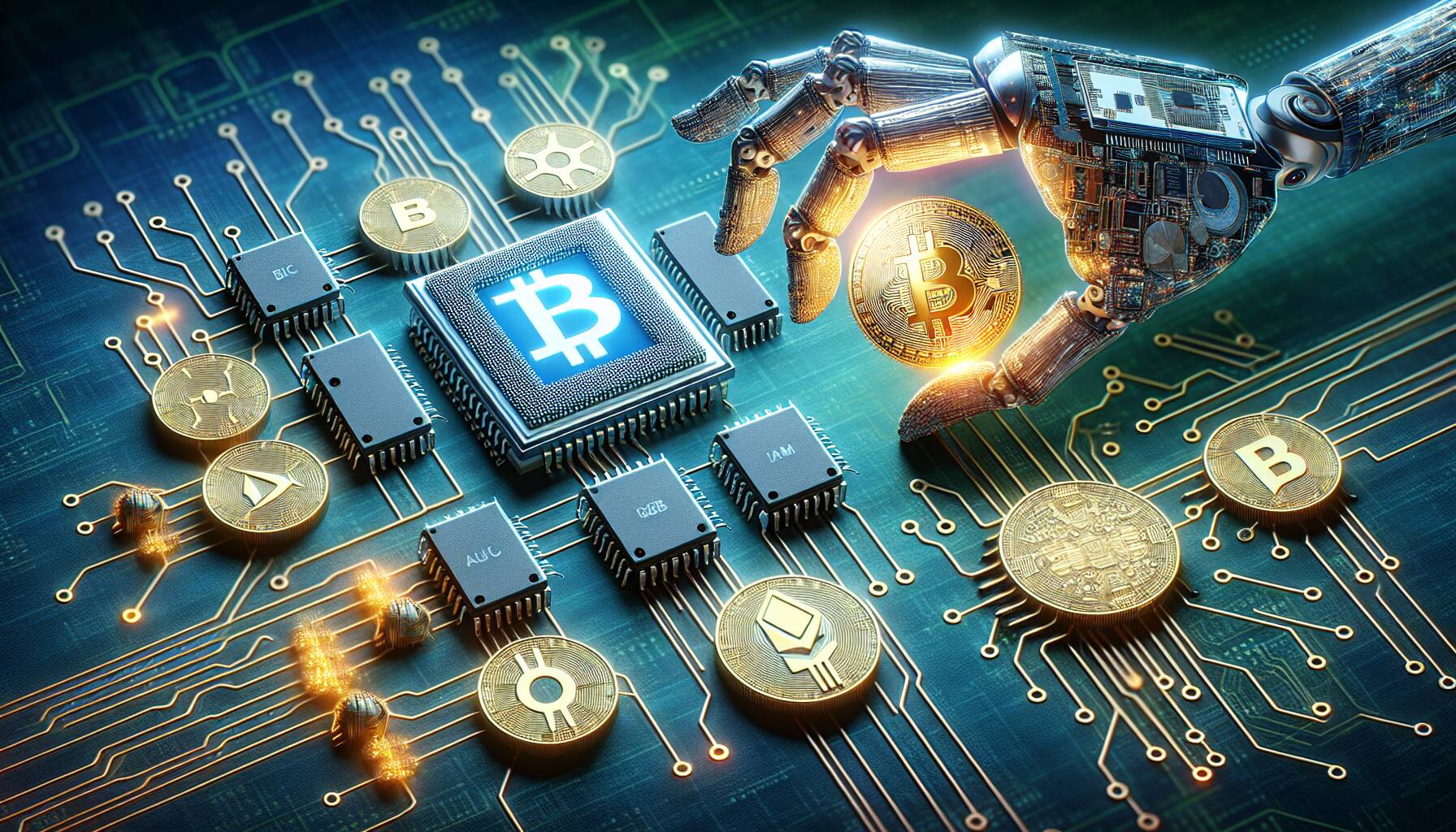In a groundbreaking development within the cryptocurrency landscape, a new initiative known as USDai is set to revolutionize the intersection of digital assets and artificial intelligence. By utilizing a unique system that tokenizes hardware, USDai aims to channel vital cryptocurrency liquidity into advanced AI infrastructure. This innovative approach capitalizes on the growing demand for crypto-backed credit, creating a bridge between the worlds of finance and technology.
This initiative not only highlights the increasing relevance of cryptocurrencies in diverse industries but also showcases the potential for hardware tokenization to enhance investment opportunities. As more investors look towards integrating digital currencies with cutting-edge technologies, USDai positions itself as a key player in this evolving narrative.
“By merging crypto liquidity with AI development, USDai is poised to unlock new realms of technological advancement and financial innovation.”
The fusion of these sectors could signal a new era for both AI infrastructure development and the broader adoption of cryptocurrencies, offering exciting possibilities for future growth and collaboration across the tech landscape.

Tokenizing Hardware for Crypto and AI Integration
This innovative approach leverages hardware tokenization to enhance both the AI infrastructure and the crypto landscape.
- Tokenization of Hardware: Converts physical hardware assets into digital tokens, facilitating easier transactions and ownership proof.
- Channeling Crypto Liquidity: Provides a new avenue for utilizing cryptocurrency liquidity, driving investment into AI tools and infrastructure.
- Demand for Crypto Credit: Addresses the growing need for credit lines in the crypto space, enabling broader access to funding for projects.
- Enhancement of AI Development: By infusing capital into AI infrastructure, this system aids in the accelerated development of AI technologies.
- Impact on Investors: Offers new investment opportunities for those interested in both crypto and AI, potentially enhancing returns on investment.
- Future Market Dynamics: Could shift the dynamics of AI operational costs and accessibility, making advanced technologies more available to businesses.
This model not only revolutionizes investment strategies in the digital age but also potentially reshapes the landscape of technology and finance.
Unlocking Crypto Liquidity for AI: A Comparative Perspective
The introduction of a system that tokenizes hardware to channel crypto liquidity into AI infrastructure represents a significant evolution in both the cryptocurrency and artificial intelligence landscapes. This innovative approach aligns well with the growing demand for crypto credit, positioning itself advantageously against other financial technology advancements.
Competitive Advantages: One of the primary strengths of this initiative is its dual-channel strategy. By bridging the gap between crypto liquidity and the burgeoning AI sector, it not only attracts investments but also addresses the urgent need for funding within AI development. This is particularly valuable for tech startups seeking to leverage advanced algorithms without traditional financing barriers. Additionally, the tokenization of hardware is likely to increase asset liquidity, making it easier for hardware providers to obtain credit based on the performance and potential of their technology.
In contrast, many existing cryptocurrency lending platforms often struggle with high fees and slow processing times. The integration of hardware tokenization can enhance efficiency and lower transaction costs, setting this initiative apart from competitors that are still refining their offerings.
Disadvantages: However, challenges remain. The reliance on both crypto and AI sectors makes this solution susceptible to market volatility. If cryptocurrency values fluctuate significantly, it could hinder the stability of the AI infrastructure investments and lead to hesitancy among potential investors. Furthermore, the complexity of implementing hardware tokenization may create a barrier to entry for smaller developers or investors unfamiliar with the technology.
This innovation is likely to benefit tech entrepreneurs and startups who are seeking new funding avenues and more flexible credit options. It also provides hardware providers with enhanced liquidity. On the other hand, it may pose challenges for traditional financial institutions that could face tightening margins as alternative funding sources grow, compelling them to adapt swiftly to maintain their market relevance.














